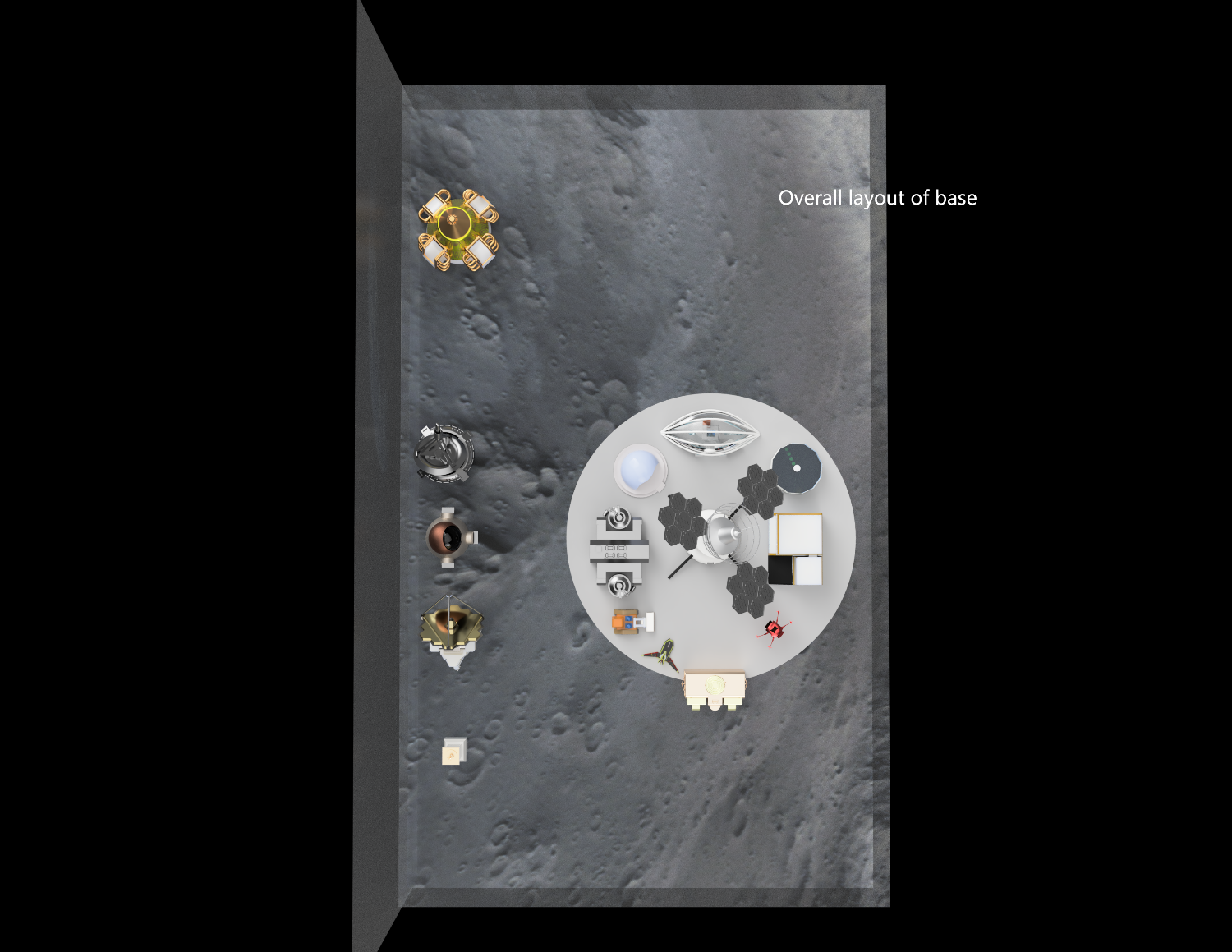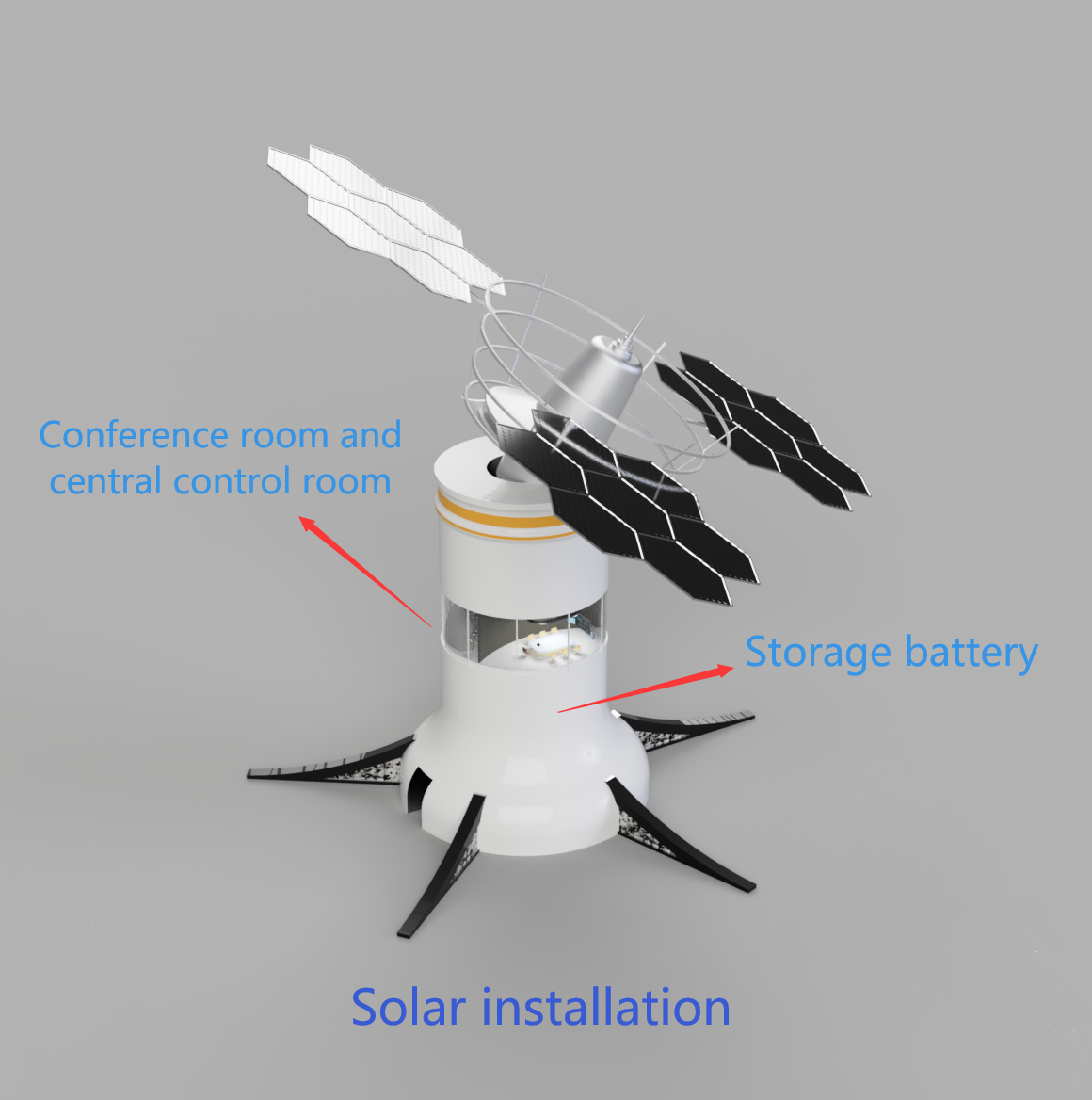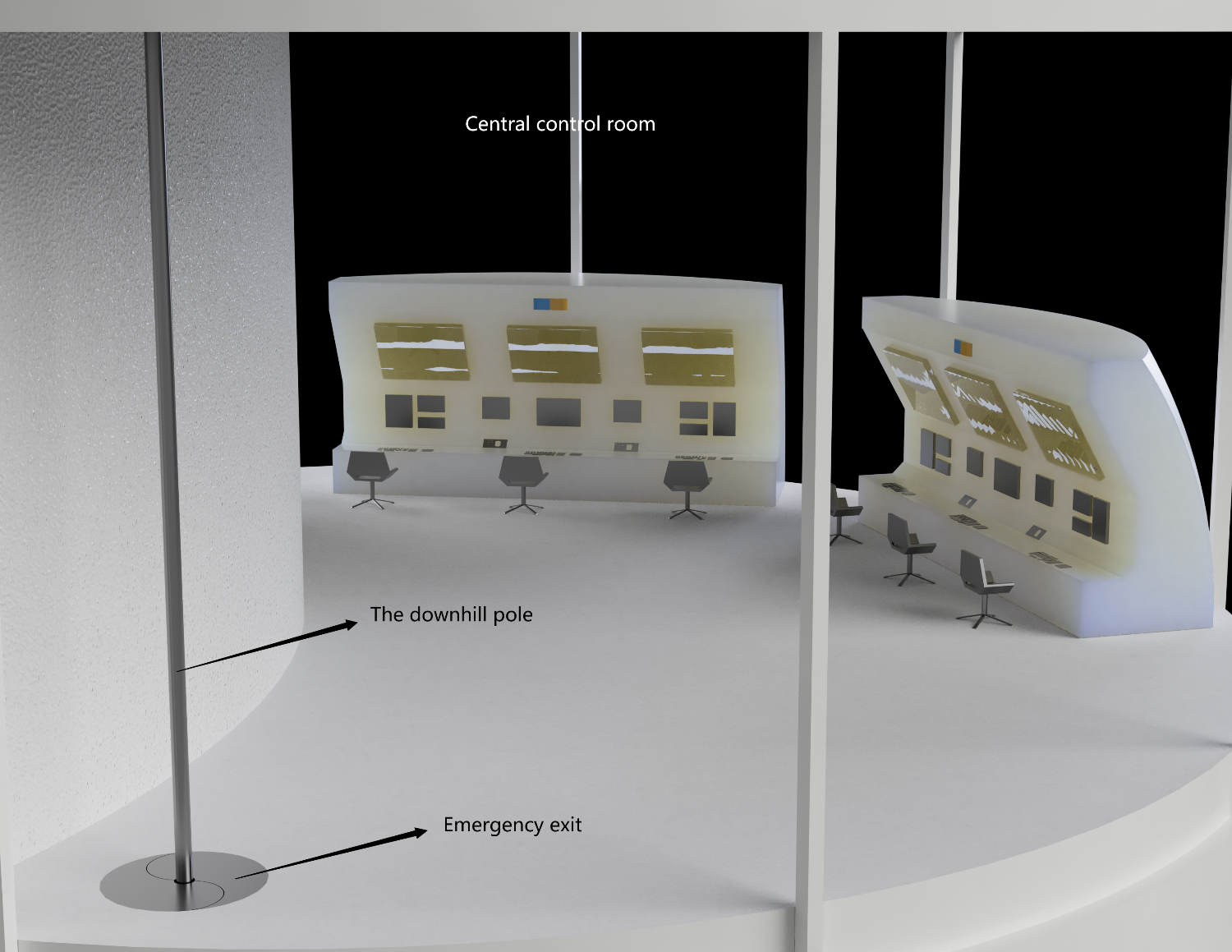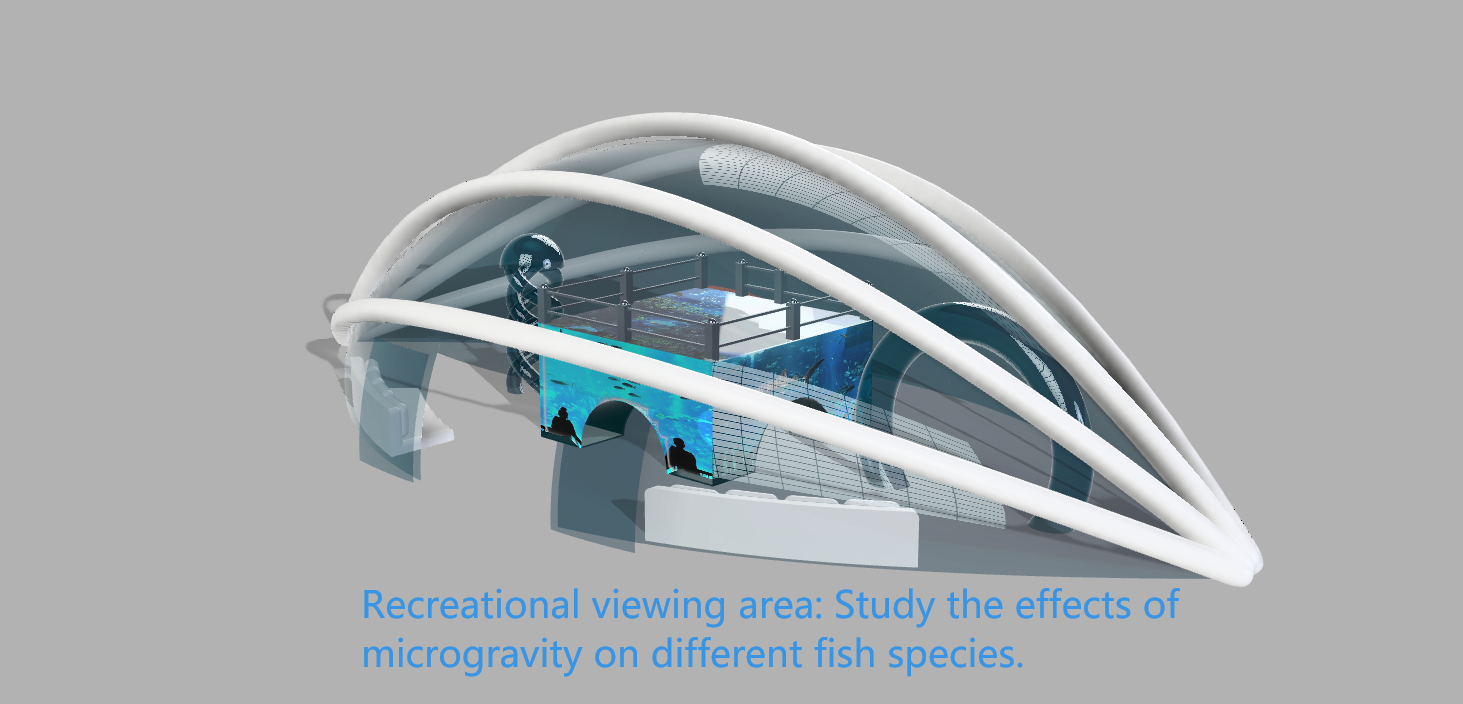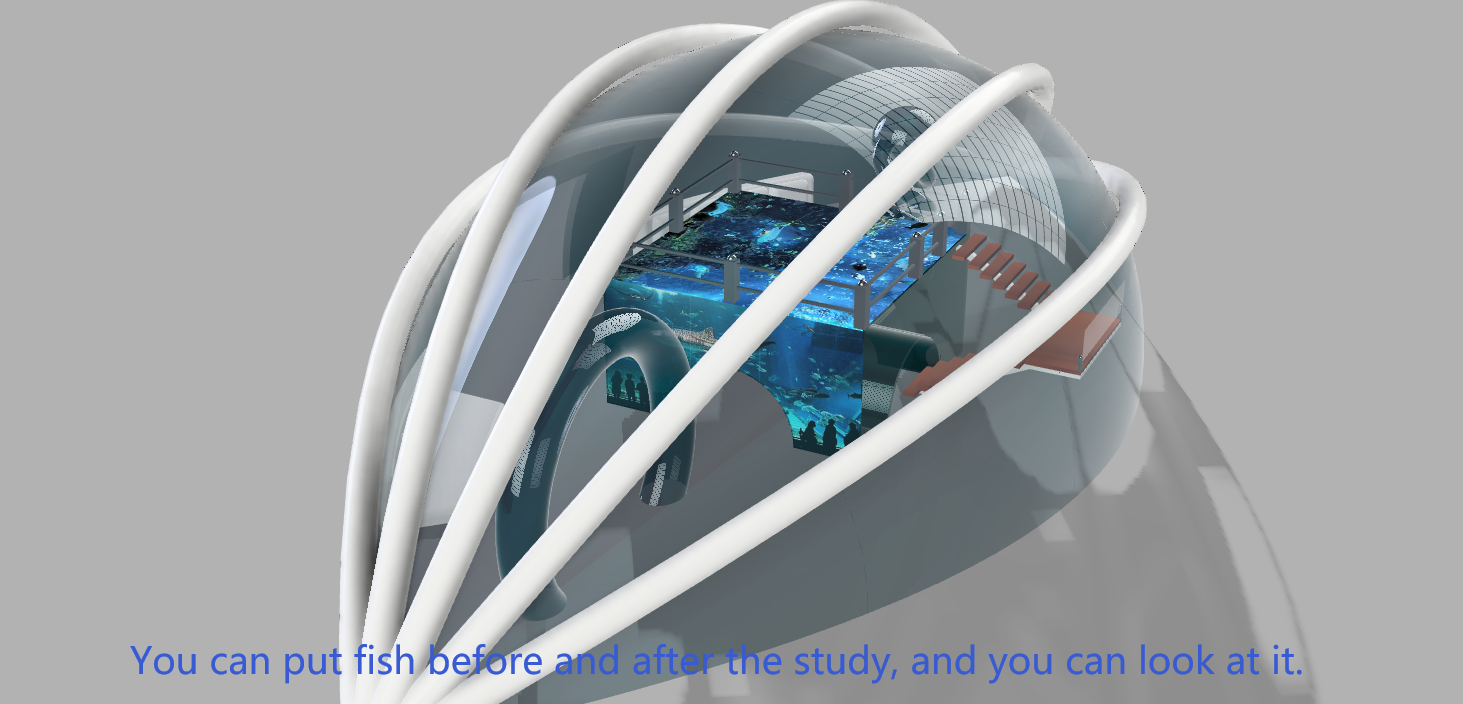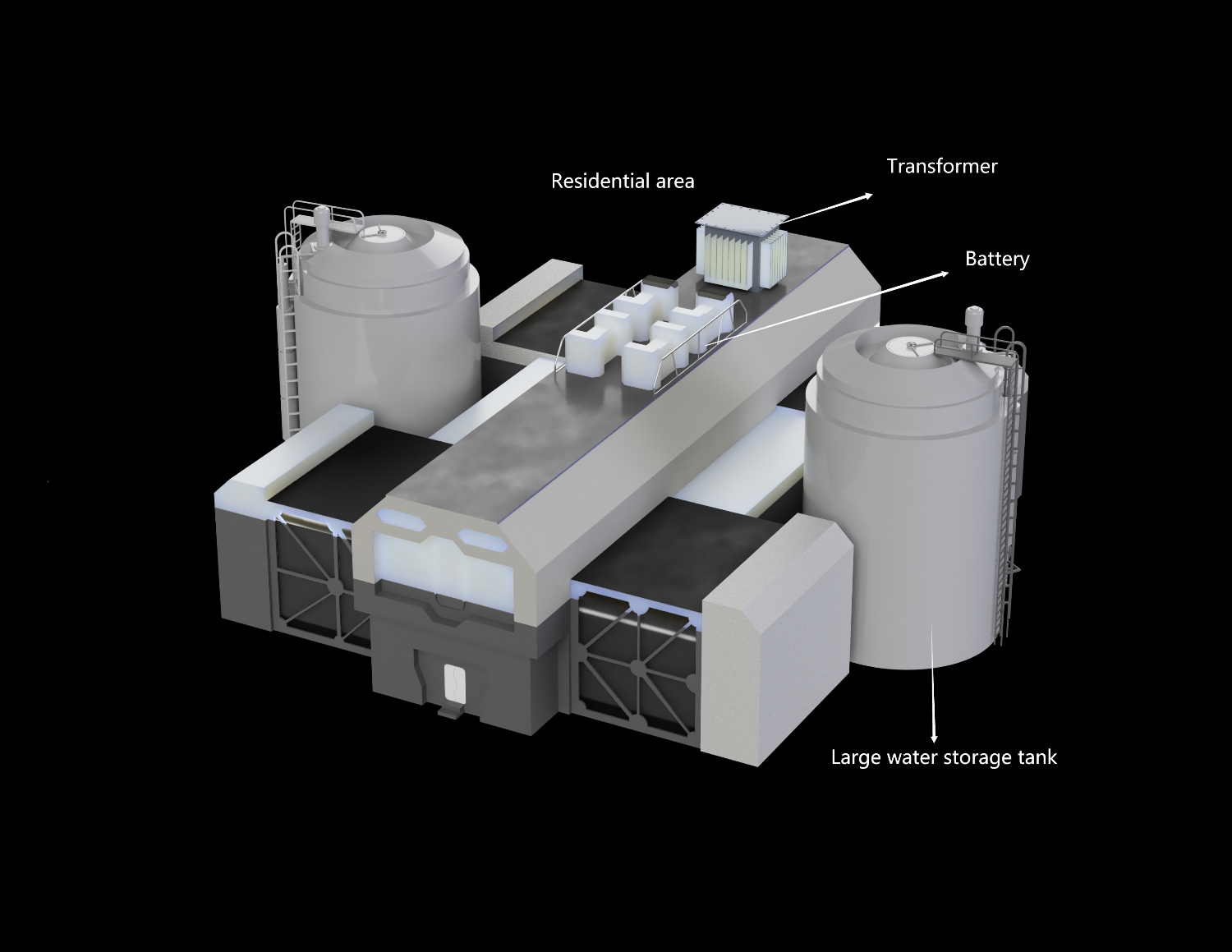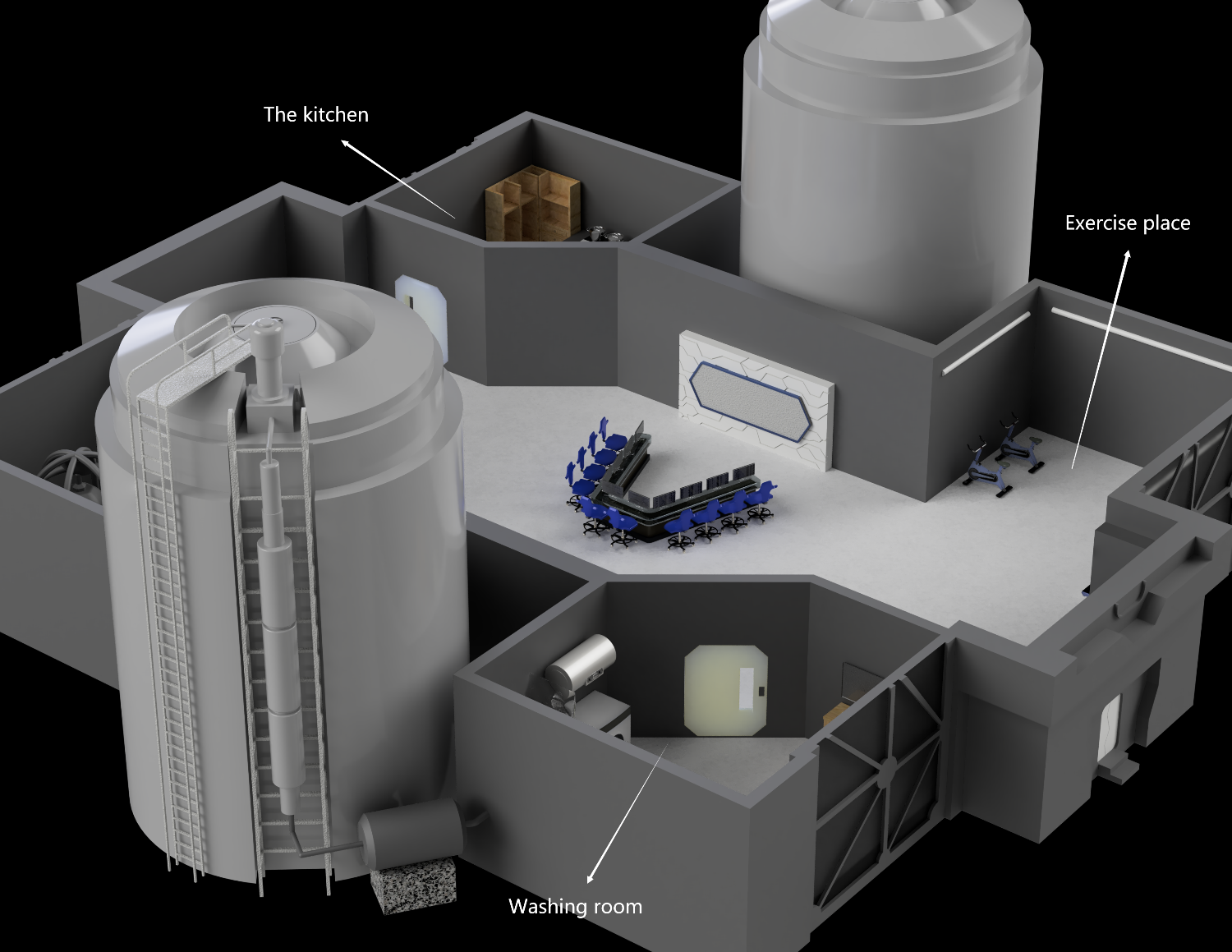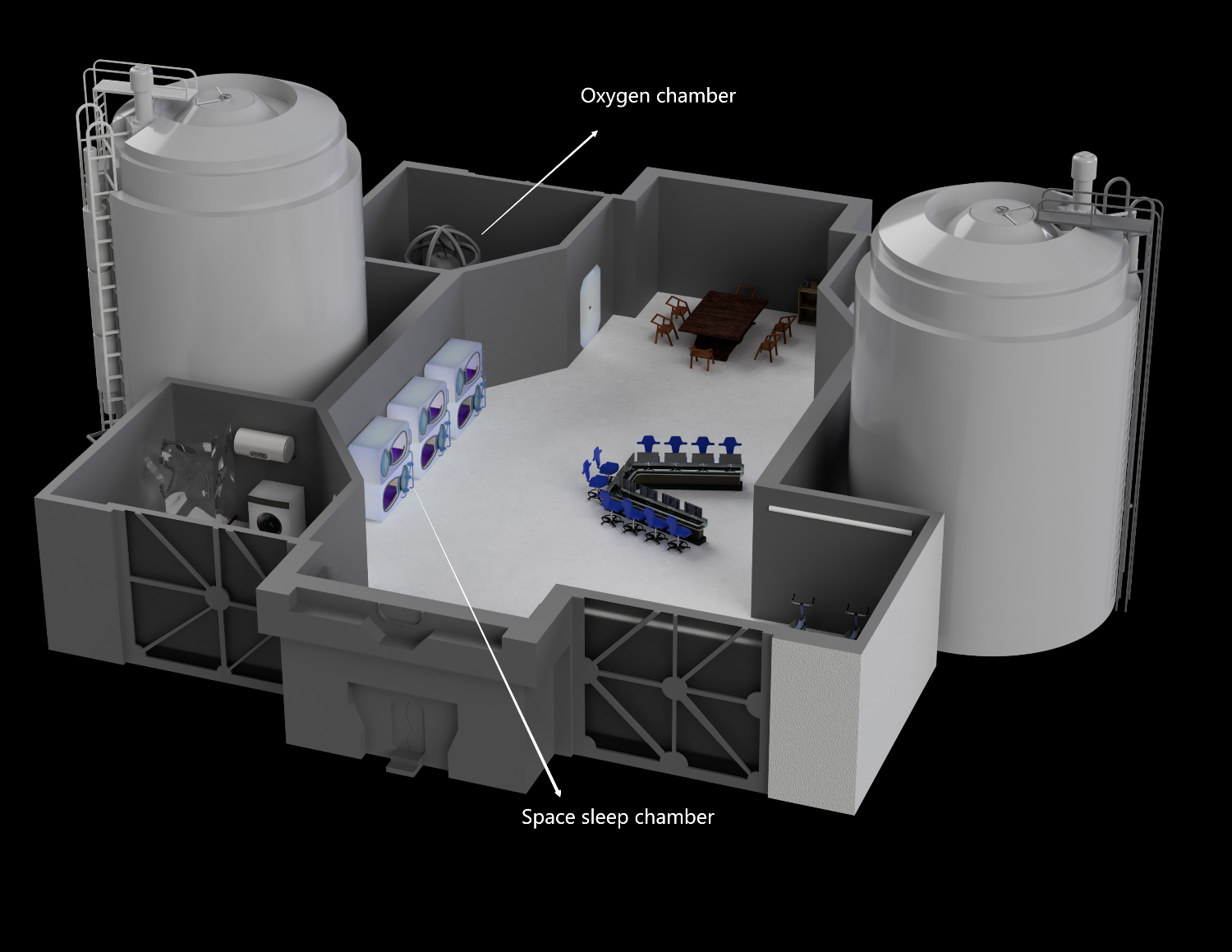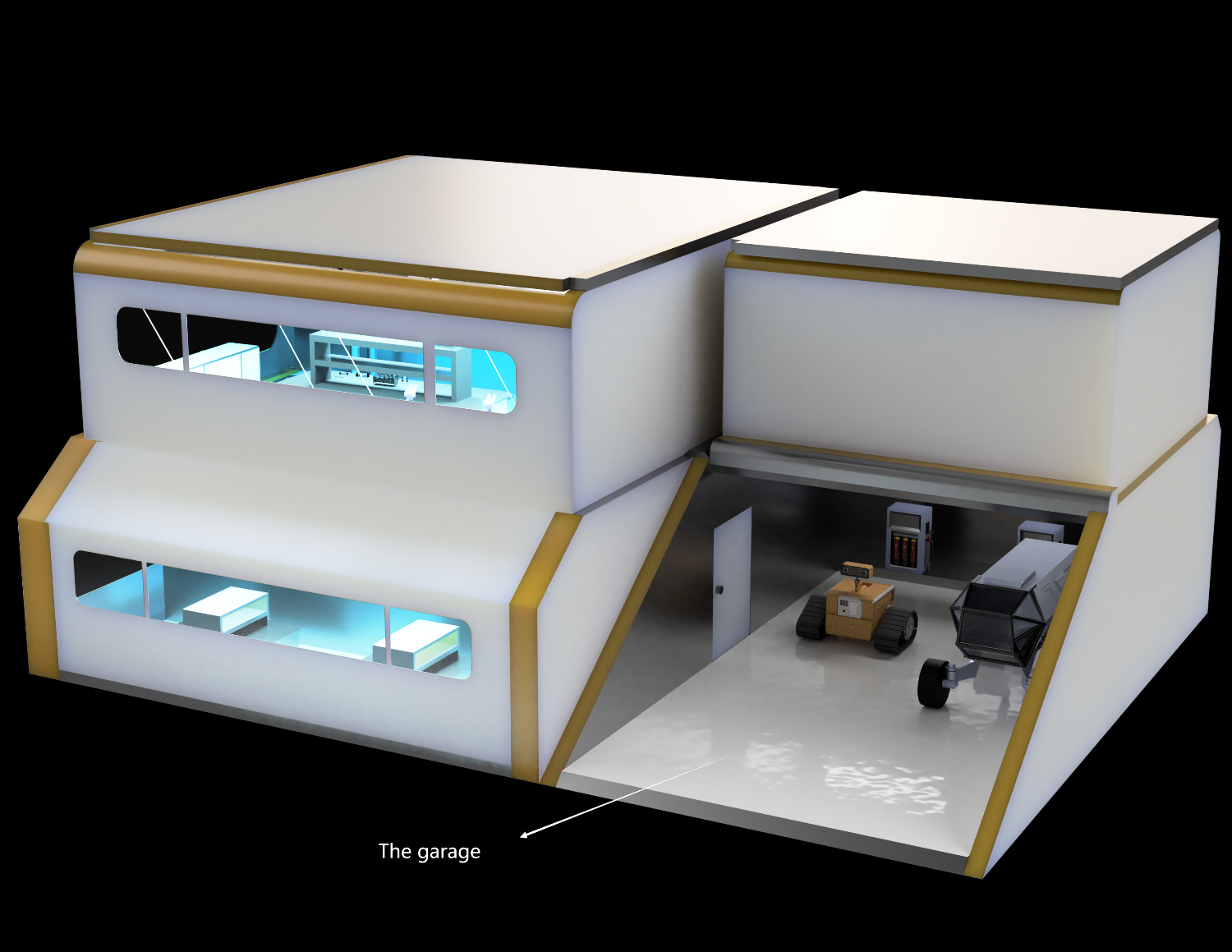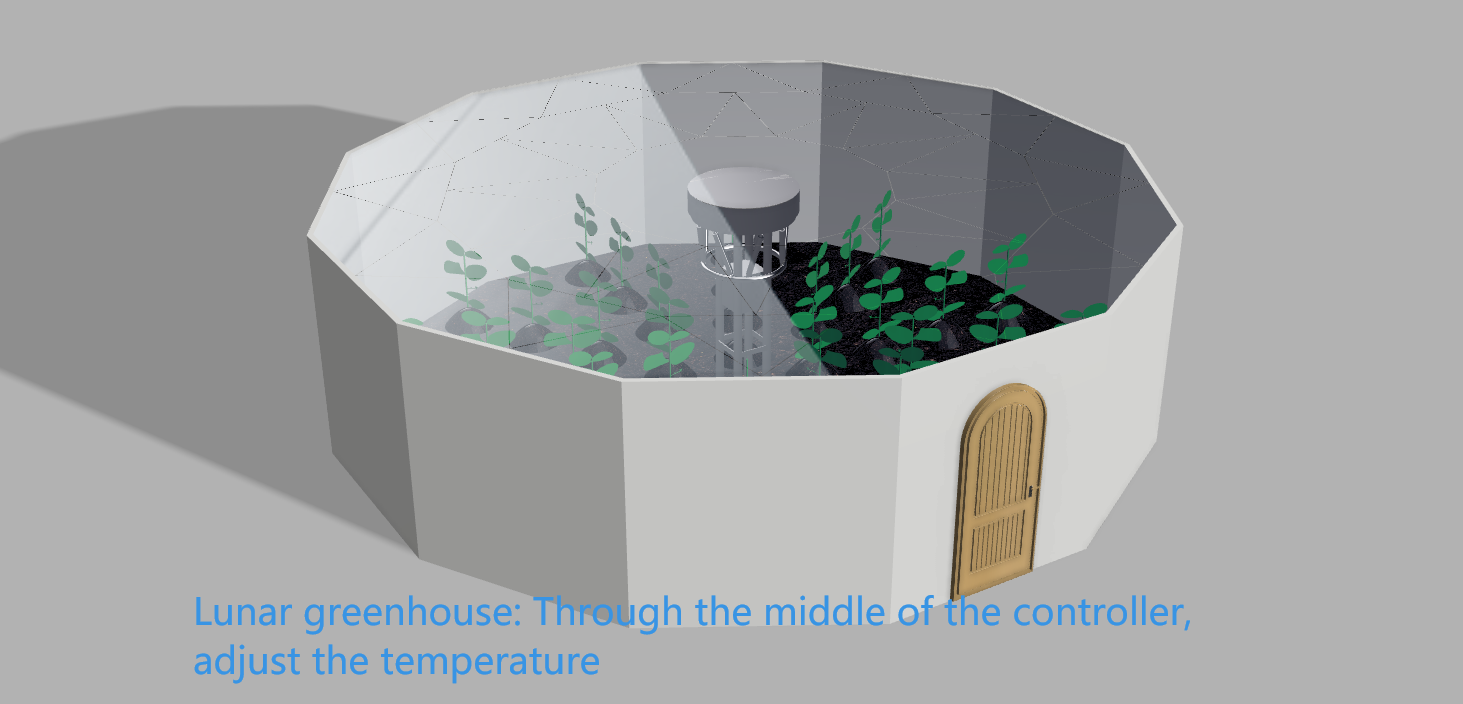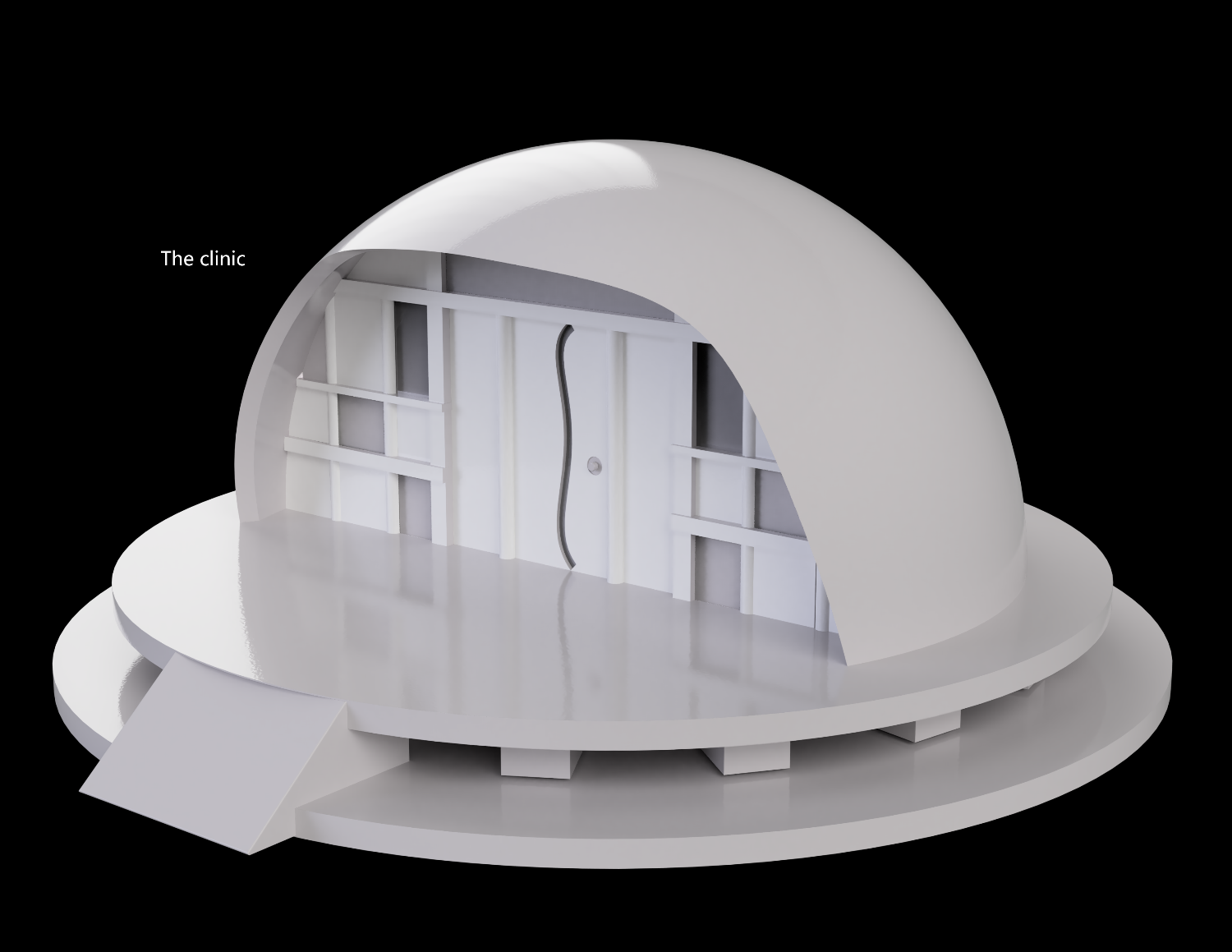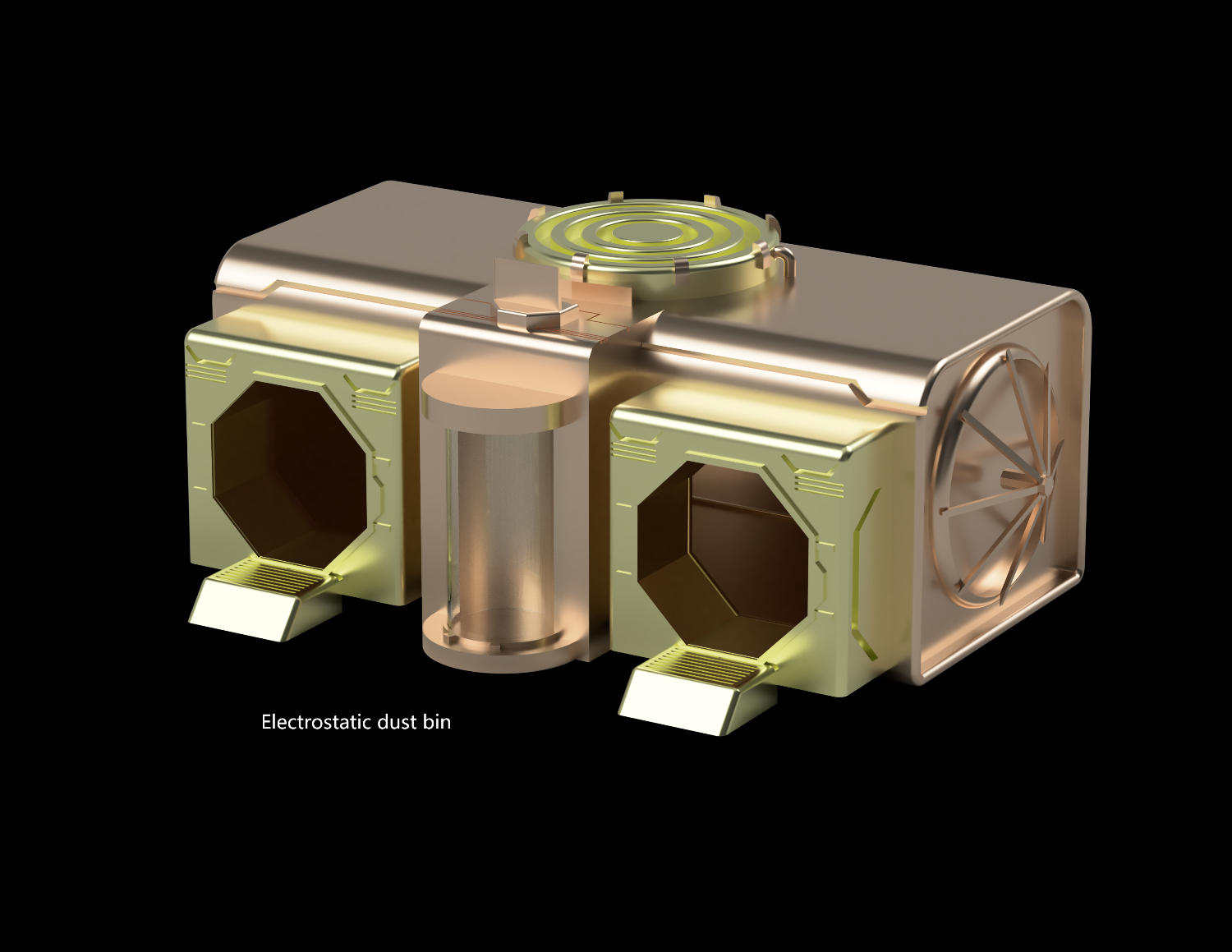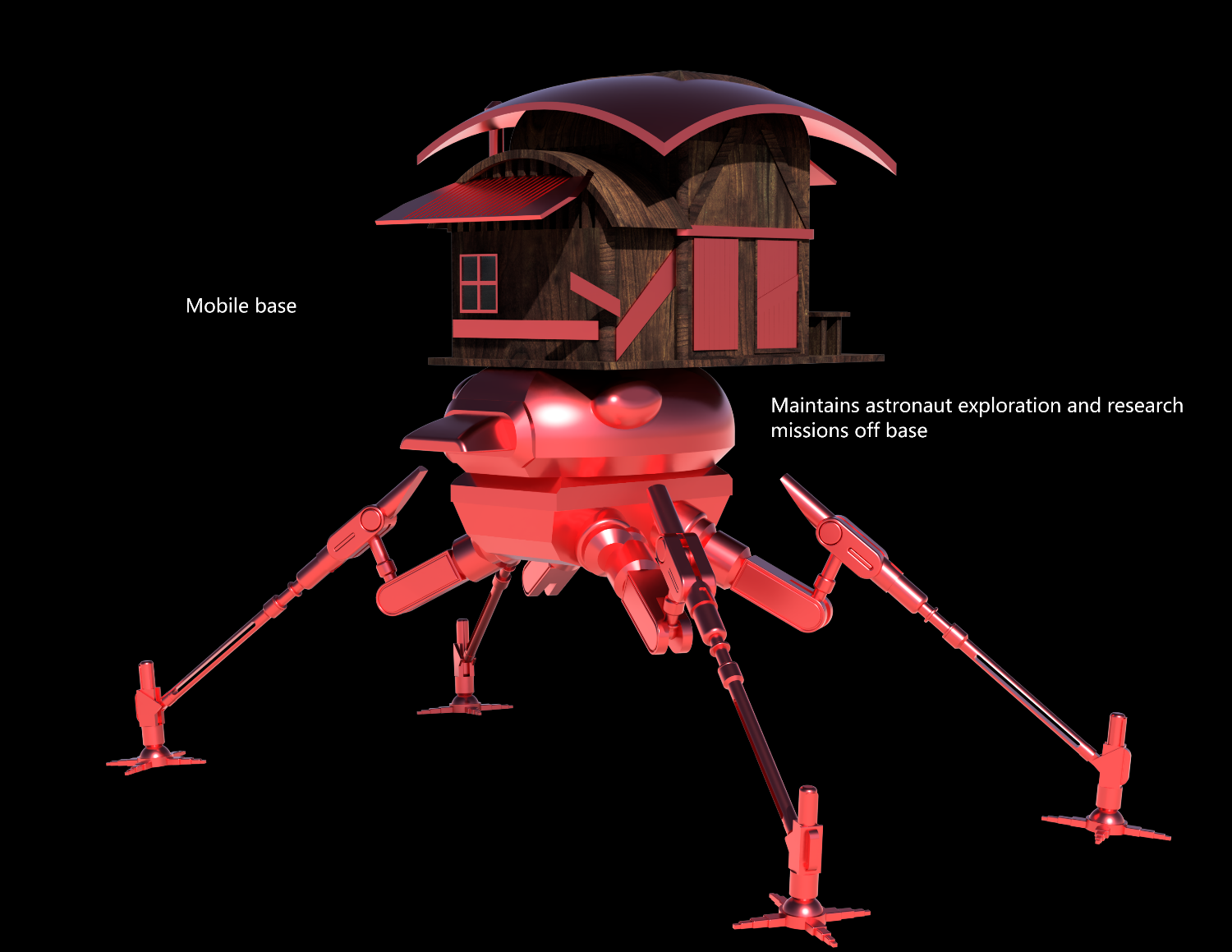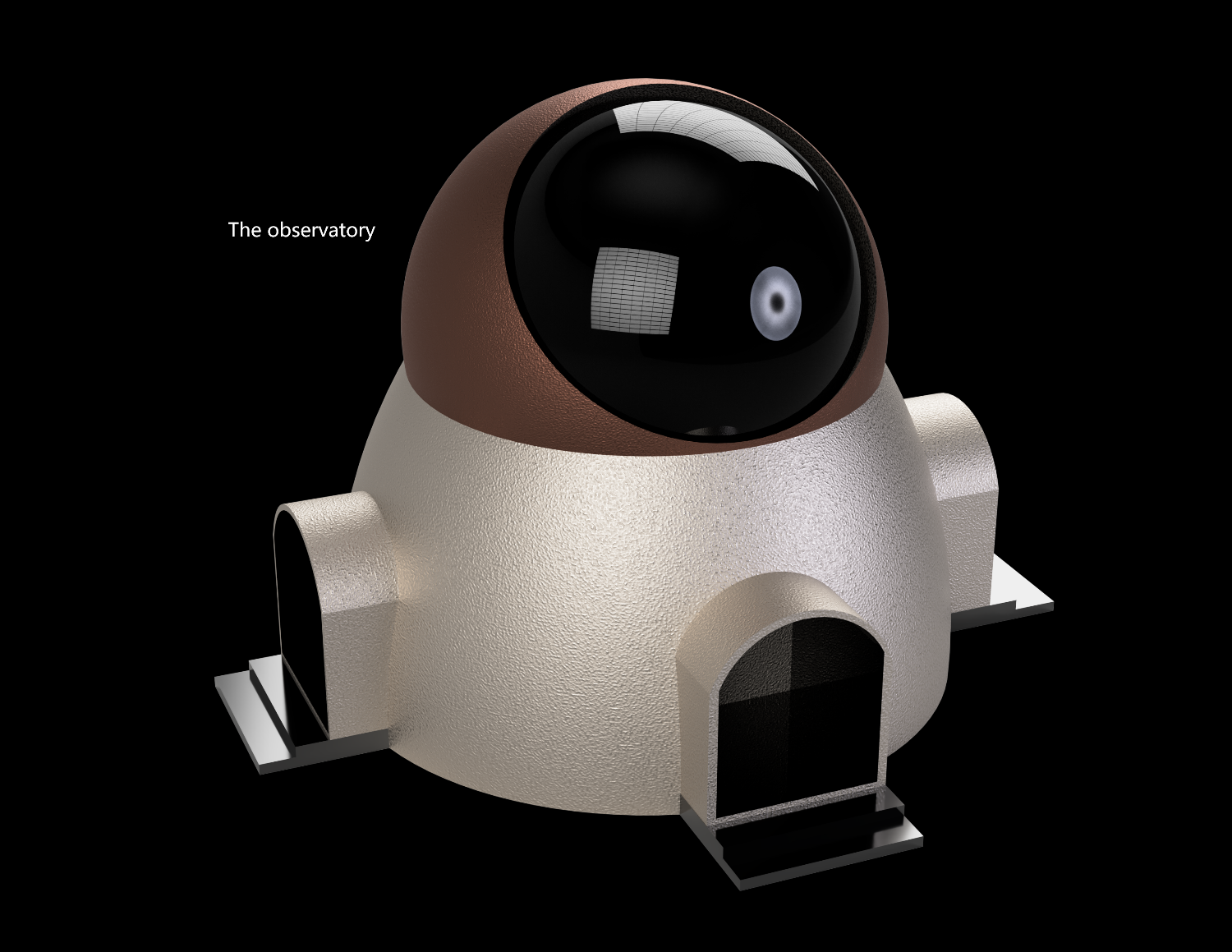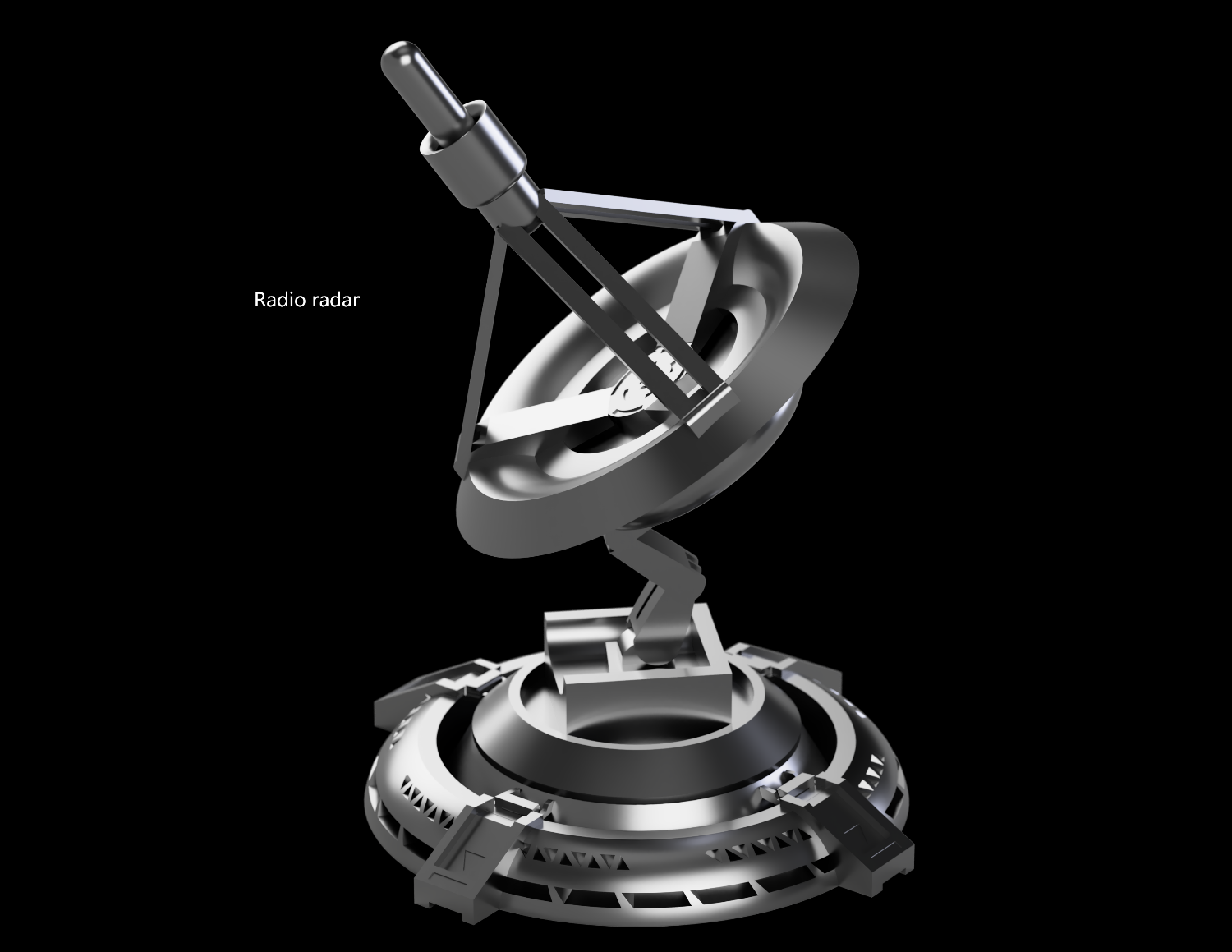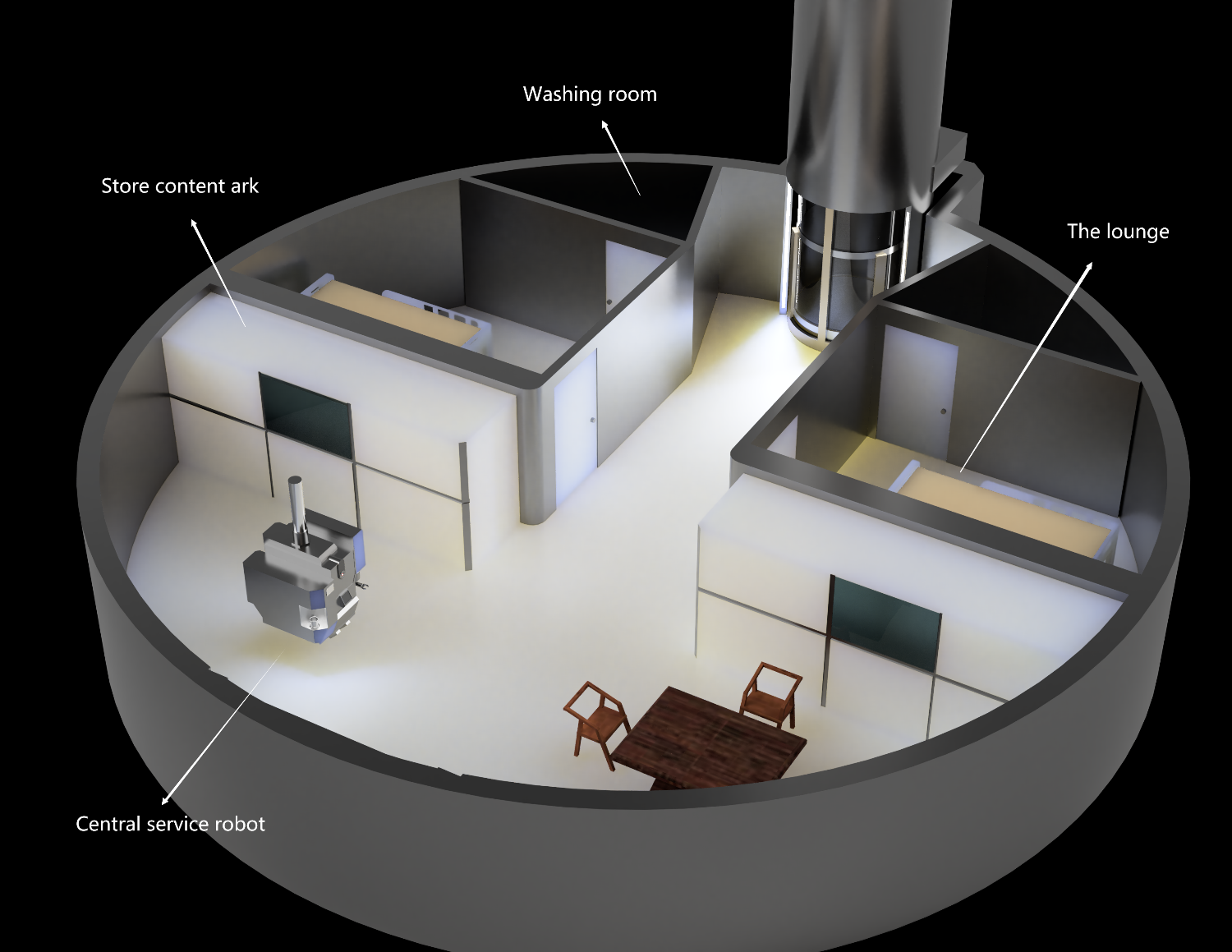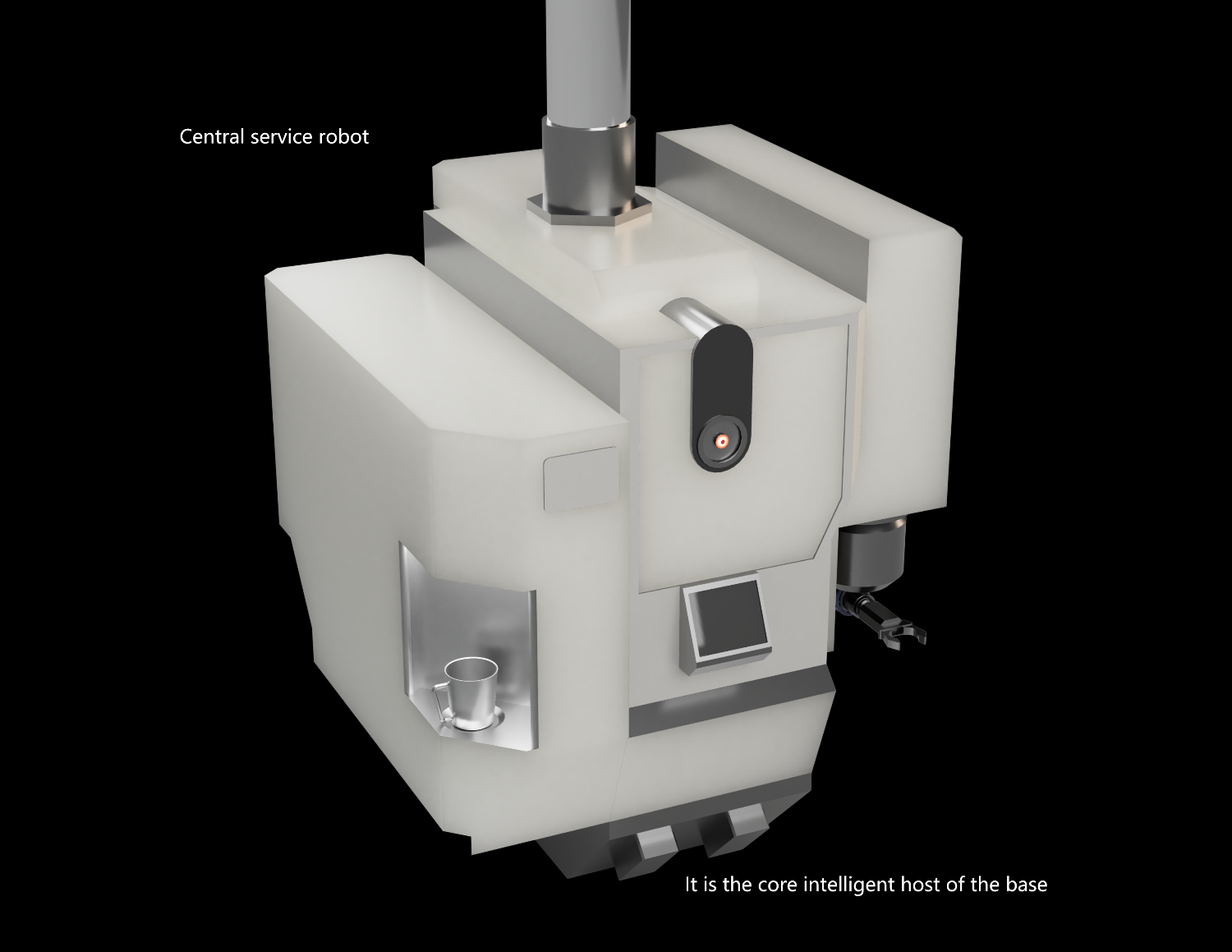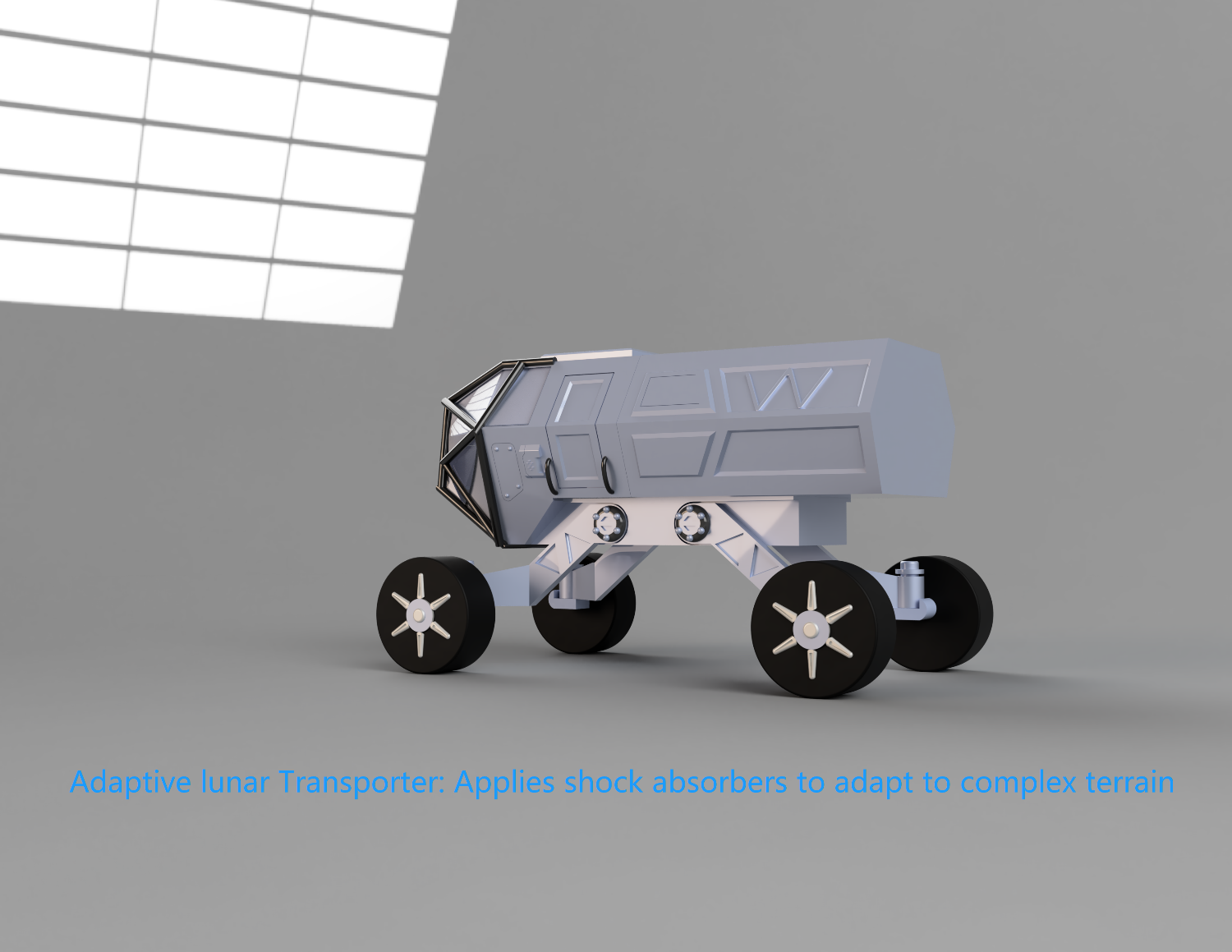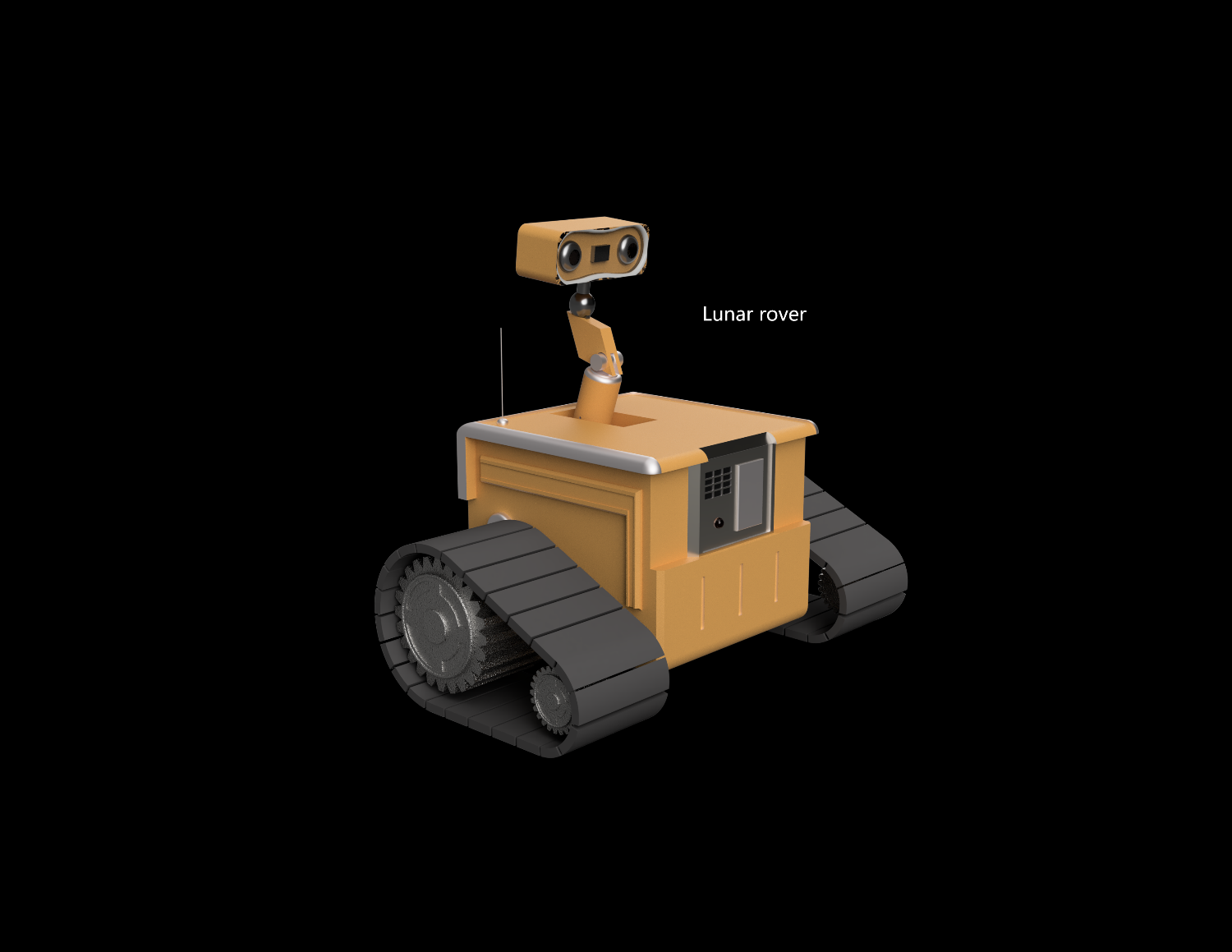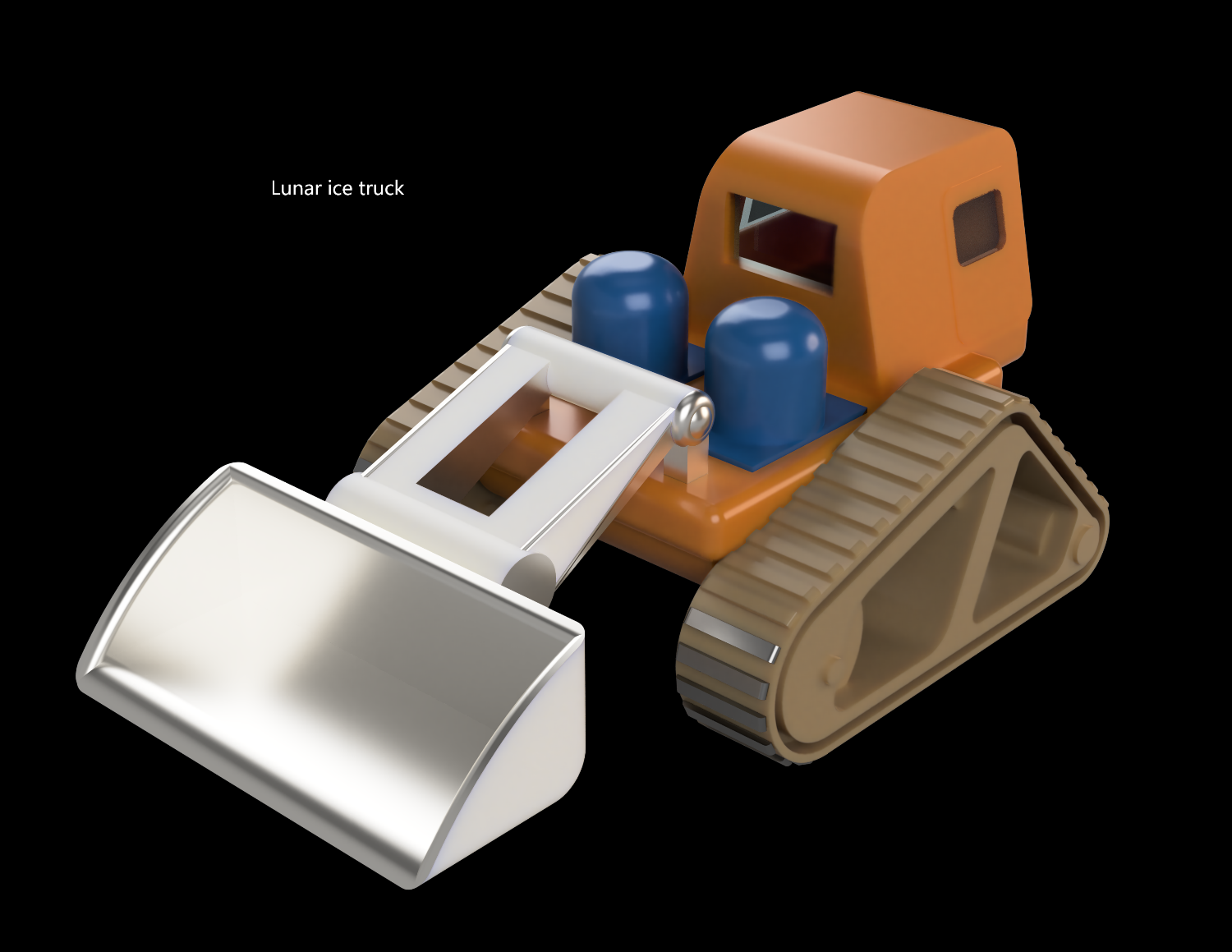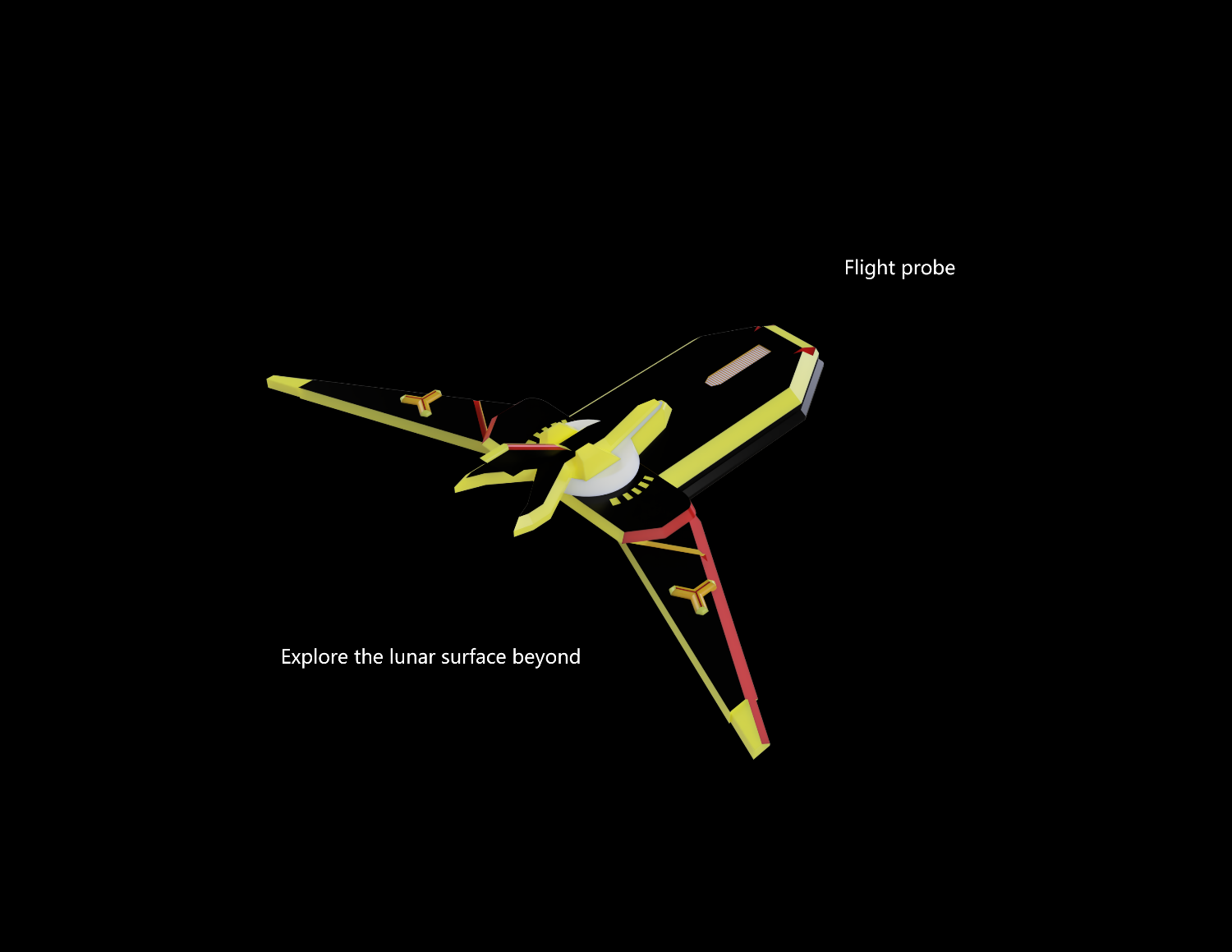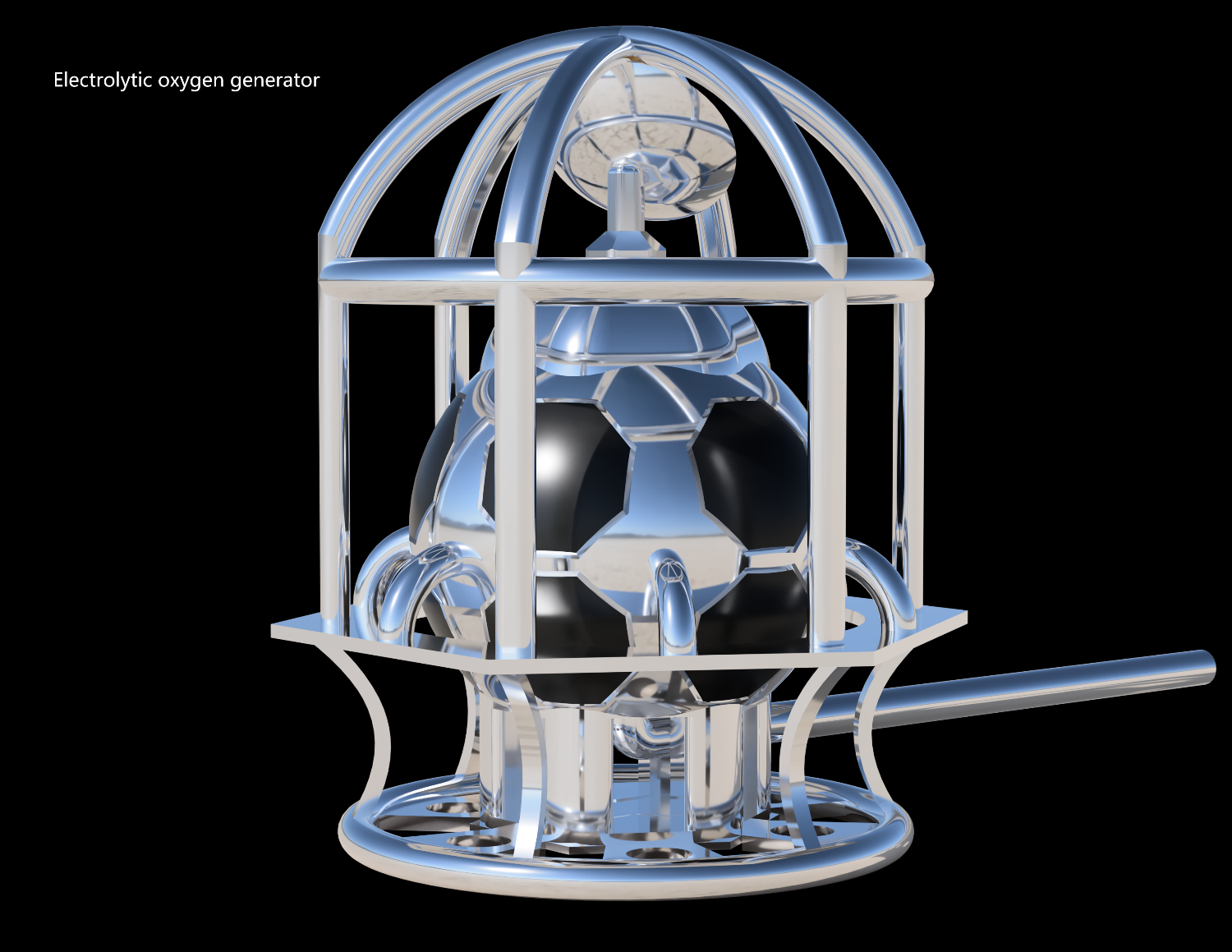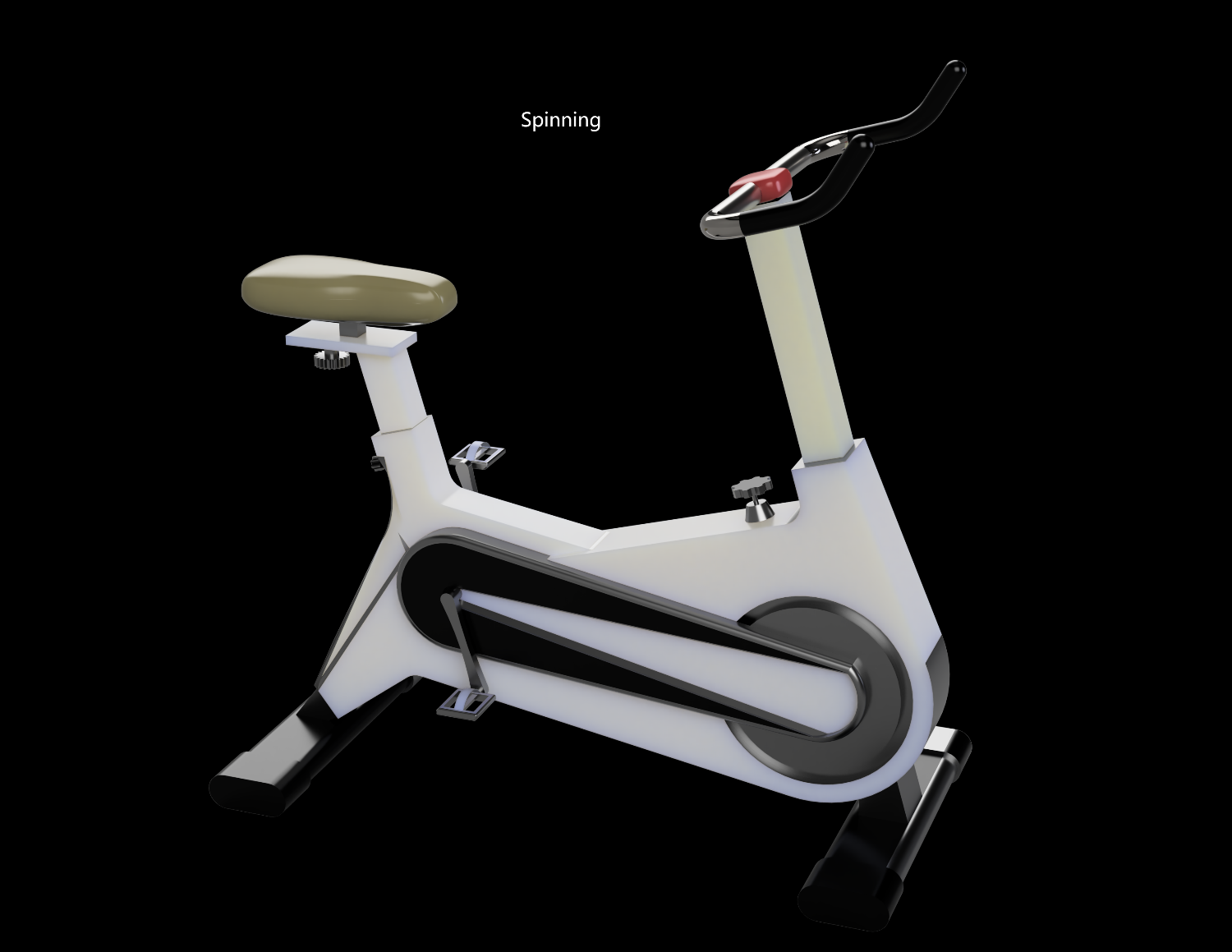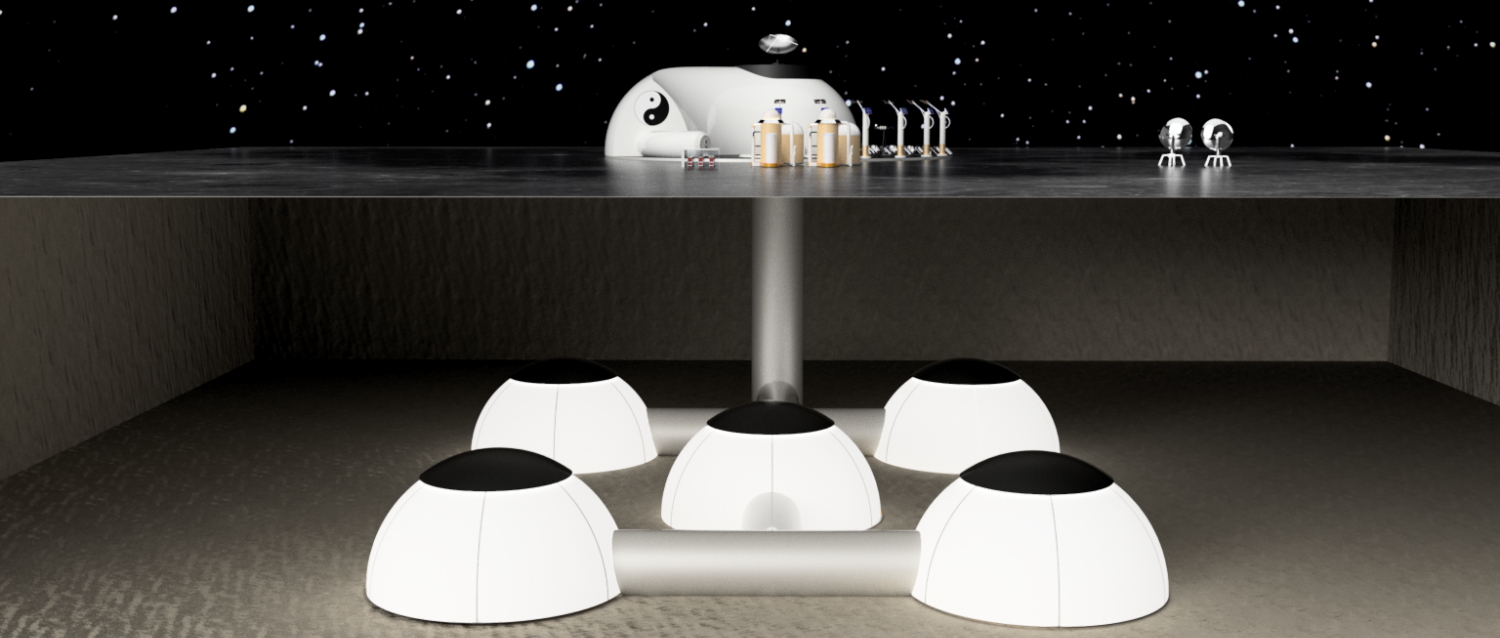Moon Camp Pioneers Gallery 2021-2022
In Moon Camp Pioneers each team’s mission is to 3D design a complete Moon Camp using Fusion 360. They also have to explain how they will use local resources, protect astronauts from the dangerous of space and describe the living and working facilities.
Team: The waves
郑州轻工业大学 郑州 China 18, 19 4 / 1
External viewer for 3d project
|
Project description
With the development of science and technology, people have long been not only satisfied with exploring the earth, but as the closest planet to the Earth, the moon bears the brunt. The moon is an important object for studying the origin and evolution of the Earth, earth-moon system and solar system. Moreover, the number of human beings is increasing, and the resources available are becoming less and less, so exploring the resources on the moon has become a major task for human beings. The moon is also an ideal base for human beings to expand into outer space, as well as an ideal place for research on space astronomy, space physics, lunar science, earth and planetary science. |
|||
|
2.1 Where do you want to build your Moon Camp?
Malapert Mountain at the moon’s South Pole. First, the temperature difference between day and night in polar regions is smaller than that in non-polar regions, and there is more sunlight. There may also be plenty of water ice in the polar regions, which could be good for human life. Second, Mount Malaport is 116 kilometers from Shackleton Crater, which means it could provide power and communications to the crater. The crater is potentially valuable for astronomical observations, and infrared instruments will benefit from extremely low temperatures. If a radio telescope were set up, the mountain would shield it from broad-spectrum radio interference from Earth. Also, there’s the 5km high Malaport Mountain, which is always visible from earth. If properly equipped, it can serve as a radio relay station. 2.2 How do you plan to build your Moon Camp? Describe the techniques, materials and your design choices.
The moon camp will be built in a modular way, with scientists and engineers building the actual moon camp on the ground, then separating it into modules and transporting it to the moon in batches using powerful launch vehicles. When the troops and horses are not moved, food and grass should come first. After all the parts and food were delivered to the moon, the astronauts landed and began to assemble and build the lunar camp. The base is made of titanium alloy and engineering plastics. As for concrete, it can be made from local materials. 2.3 The environment on the Moon is very dangerous for the astronauts. Explain how your Moon Camp will protect them. (maximum 150 words)
Against meteorites. A semi-underground form of the base will be built, reinforced with concrete, and an early warning system will be set up so that when a meteorite falls, people can quickly take refuge below the moon’s surface. Radiation protection. The moon’s radiation comes mainly from two places, cosmic rays and solar wind particles, so astronauts only live below the moon’s surface in rock-protected living quarters. Against heat and cold. The lunar surface temperature is -180 to 160 degrees Celsius, and a reliable life support system will be set up in the lunar camp to ensure the safety of the astronauts. Secondly, in the lunar rover and detector, we will adopt the technology of “high temperature heat dissipation, low temperature heat generation” to ensure the normal operation of precision instruments. |
|||
|
2.4 Explain how your Moon Camp will provide the astronauts with:
|
Water
|
Food
|
Power
|
Air
|
|
When the astronauts first arrived on the moon, they carried a proper amount of water on a rocket to meet their basic needs. |
Plant culture. To establish a lunar greenhouse, analyze plant growth characteristics (growth cycle, yield per unit area, oxygen and carbon dioxide circulation, nutrient solution consumption and light consumption, etc.), determine plant planting batch, area, energy consumption, etc., and finally design the corresponding system scheme to achieve self-sufficiency. |
Solar power generation. Solar energy is 1.5 times more efficient than on Earth because of the abundant sunlight at the lunar poles and the lack of atmosphere. |
Lunar dust contains many oxides, which are reduced to oxygen by high-temperature electrolysis. |
|
2.5 Explain what would be the main purpose of your Moon Camp.
A better study of the moon would help to understand the environment of the early Earth. To build a space power station on the moon for use on earth. A precursor to human colonization of the moon in the future. To develop all kinds of mineral resources on the moon, solve the energy crisis of the earth, and provide a foothold for mankind to explore further goals. |
|||
|
3.1 Describe a day on the Moon for your Moon Camp astronaut crew.
At 7:00 am Earth time, the astronauts woke up from the sleep module, after a simple wash to the central control hall, the moon camp core intelligent host said hello to him, and asked what he wanted for breakfast, the astronauts replied: “usual!” . The system is instructed to select and heat breakfast for the astronauts. The intelligent host then follows the astronauts to the dining room, relying on a guide rail above, and sends the astronauts on their mission. Today, the astronauts need to retrieve the mined and packaged “helium three” from an automated mining machine about a kilometer away and launch it back to Earth. 8:00 in the morning, the astronaut entered the sealed cabin, put on the outer work clothes, the sealed cabin began to relieve pressure, the astronaut drove the moon transport car to automatic mining machine. At 10 a.m., the astronauts loaded the helium 3 compressed gas tank into the ascender, which was launched and docked with the transporter that had reached lunar orbit three days earlier and returned to Earth. The transporter not only brought supplies to the astronauts, but also returned to Earth to bring fuel to the nuclear reactor, which is very dedicated. At 3:00 p.m. Earth time, the astronauts were invited to visit the “lunar greenhouse,” more of a “lunar garden” than a greenhouse. Botanists took good care of them and regularly provided the astronauts with fresh vegetables. After the day’s work, the astronauts returned to the rest bay and switched on the real-time earth-moon communication with their families (albeit with a delay of about three seconds), offering comfort and blessings to the astronauts on the other side of the earth. |
|||



